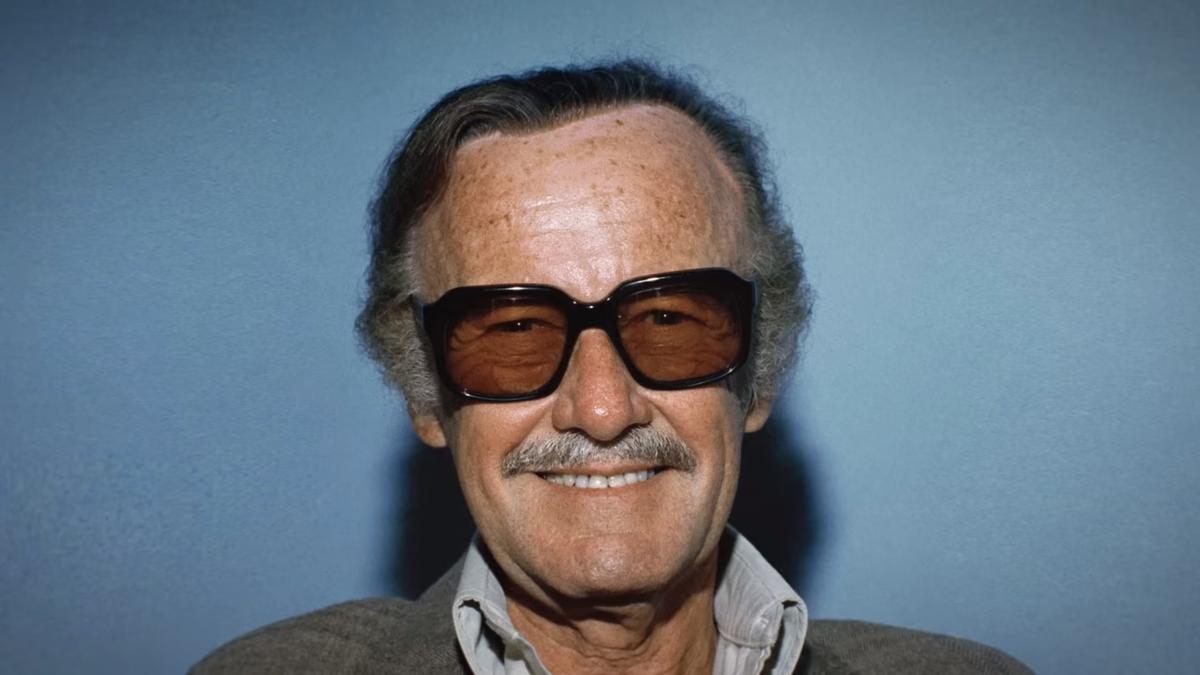
‘Stan Lee’ documentary review: A mildly Marvelous biopic on the creator of our favourite superheroes
The Hindu
Avoiding the controversies, this gung-ho documentary on the pop culture icon is rescued from complete annihilation by a vivacious style
The most fascinating thing about Stan Lee, apart from him becoming a de facto comic book editor at 19, is the lovely, miniature dioramas. David Gelb, who made the meditative Jiro Dreams of Sushi, has given a heightened fairytale aspect to Stan Lee’s story. The documentary tells Lee’s story in his own words, supplemented with interviews with heavies including legendary artist Jack Kirby, Lee’s secretary, the Fabulous Flo Steinberg, and MCU boss Kevin Feige.
Telling a linear tale, mixing interviews, the above-mentioned dioramas and gorgeous rare comic book pages from the early days, Stan Lee tells the story of Stanley Martin Lieber who was born in Manhattan on December 28, 1922, to immigrant parents from Romania. Seeing his father struggle to put food on the table convinced young Lieber that having a job was the most important thing in the world.
When his uncle got him a job at Timely Comics in 1939, it was the beginning of a long and fruitful journey. Though he chose a pseudonym (a play on his first name, Stanley) thinking that writing comic books would come in the way of his “great American novel”, Lee has since come to accept his contribution to the pop-cult landscape. He has wry stories to tell of inquisitive party guests who would immediately walk away upon hearing he wrote comics!
The film tells of his debut in the comic world as a text filler for “Captain America Foils the Traitor’s Revenge” in May 1941. Publisher Martin Goodman hired the 19-year-old as interim editor in 1941 and according to Lee forgot to hire an editor causing Lee to be the alpha and omega in the company.
He enlisted in the Army in 1942 and was involved in writing training manuals while continuing to write comics — his job in the Army is incidentally listed as a playwright. The film talks about meeting his wife, Joan Boocock. It was love at first sight and the couple were married in 1947. Lee says he did a lot of his writing to buy things for Joan or for the house. Lee says the women in his comics, including Spider-Man’s MJ, were inspired by Joan.
There is the birth of Marvel Comics with The Fantastic Four in response to DC’s Justice League in 1961, followed by Hulk, Thor, Iron Man, the X-Men, Daredevil and Spider-Man. Lee talks of the ethos of creating fallible heroes with The Fantastic Four being thrown out of their quarters as they are unable to pay the rent. He also decided to set Spider-Man in New York, a city he knew well, instead of a fictional city like Gotham or Metropolis.
He speaks of the logic of the Marvel universe where the heroes would crossover into each other’s adventures. The superheroes were created as a response to the times — from Black Panther to the X-Men. The Marvel method of creating comics meant Lee would think of a hero or plot and then the artist, whether Kirby, Steve Ditko or someone else, would create panels which the writer will then fill in with dialogues and descriptions. It is not surprising then that there were disagreements about who was the creator. Was it Lee who thought of Spider-Man or Ditko who drew him? It is interesting that Lee preferred Ditko’s understated style for Spider-Man to Kirby’s grandly heroic penmanship.











